Africa is renowned for its stunning wildlife and rich cultural history, but few countries capture these wonders as exceptionally as South Africa.
Known as the ‘Rainbow Nation,’ South Africa offers a diverse array of attractions. In just a few hours, you can experience the majestic Big Five, explore ancient cave paintings, hike in the striking mountains, and relax on beautiful sandy beaches under vibrant blue skies.
With excellent tourist facilities and a welcoming atmosphere for families, it’s no surprise that South Africa is the top destination in Africa for American travelers. Discover why you should add South Africa to your travel bucket list with our top 7 reasons!
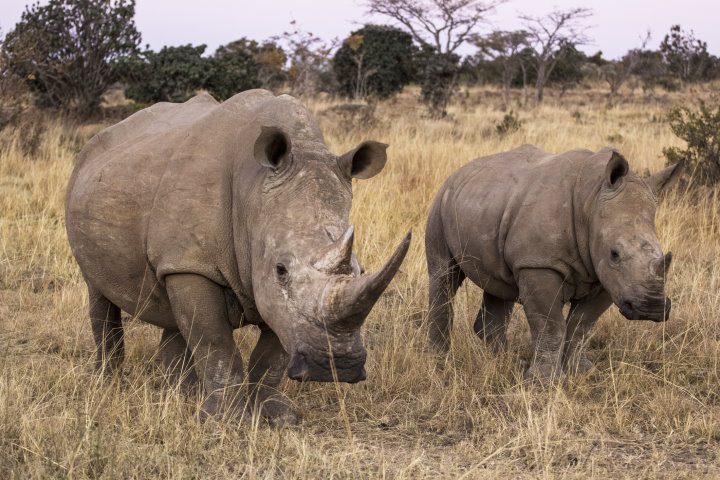
1. Incredible Wildlife
One of the main draws for many visitors to South Africa is its incredible wildlife. While you won’t see elephants or big cats roaming the streets of cities like Cape Town, Johannesburg, or Durban, the safari experience is second to none.
Kruger National Park stands out as possibly the most famous national park globally. Known for its exceptional safari opportunities, it is home to the Big Five (lion, leopard, rhino, African elephant, and Cape buffalo), as well as an array of other animals including giraffes, hippos, and cheetahs. Covering an area comparable to New Jersey, it offers endless chances to see its 147 recorded mammals and over 500 bird species. The park welcomes everyone, from budget travelers to those seeking luxury game lodges.
Kruger is just one of 21 national parks scattered throughout South Africa. Pilanesberg National Park, easily accessible just two hours from Johannesburg’s OR Tambo Airport, also provides opportunities to see the Big Five in stunning environments. Addo National Park is particularly famous for its elephants and is also home to lions and spotted hyenas.
Beyond land safaris, the epic sardine run brings a variety of marine species, from dolphins to whales and sharks. You can even spot great white sharks off Cape Town and whale sharks near Hermanus, making South Africa a premier wildlife destination.
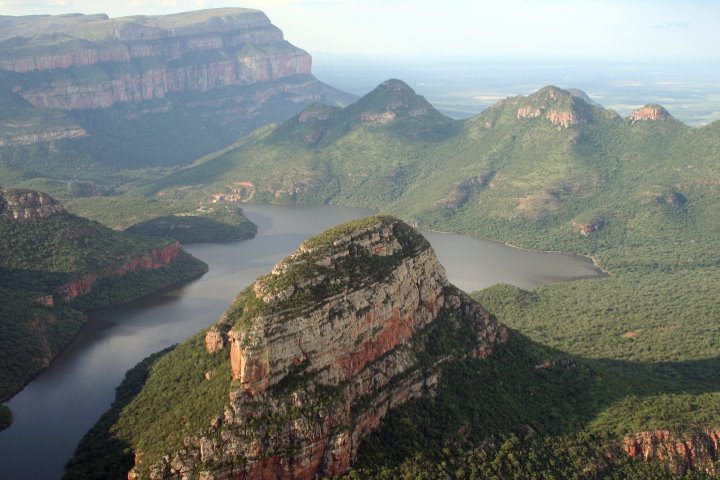
2. Breathtaking Landscapes
While many first-time visitors might envision South Africa’s vast grasslands, the country boasts a wide variety of landscapes, from rugged mountains to beautifully manicured vineyards.
Capetonians often admire the iconic Table Mountain, making Cape Town one of the most picturesque cities on Earth. Known fondly as ‘the Mother City,’ it captivates all who visit.
Travel southeast from Cape Town through the wine regions, and you will arrive at Cape Agulhas, Africa’s southernmost point. This is the only place where the Atlantic and Indian Oceans meet, offering stunning views rivaled only by the nearby Garden Route. This remarkable 190-mile stretch of coastline is famous for its diverse flora and gorgeous scenery, with highlights including Mossel Bay, Oudtshoorn, George, and the stunning beaches of Plettenberg Bay.
Outdoor enthusiasts will be awed by the sweeping vistas of the Drakensberg Mountains, with numerous hiking trails to explore year-round. Additionally, don’t miss Blyde River Canyon, which, despite its relatively short 16-mile length, features breathtaking viewpoints like God’s Window, living up to its panoramic reputation.
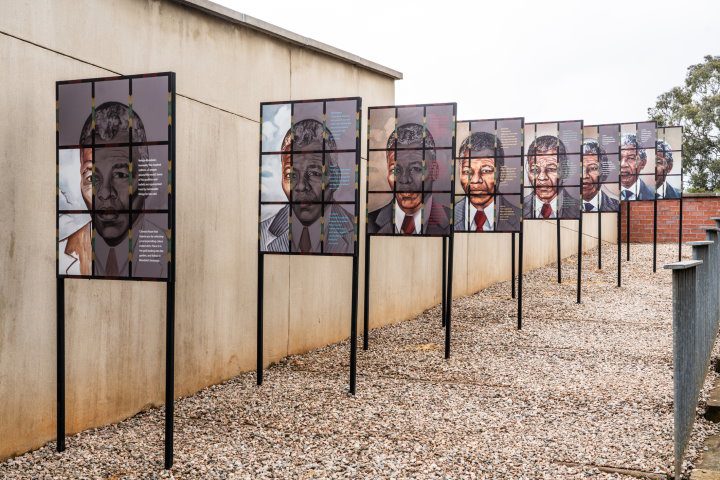
3. Rich History
You don’t need to be a historian to appreciate South Africa’s captivating past, which spans an impressive 2.3 million years.
The Cradle of Humankind, a UNESCO World Heritage Site, reveals our species’ history through significant archaeological finds, including many ancient human fossils. Among them is the nearly complete skull of a specimen affectionately called Mrs. Ples.
Fast forward to the colonial era, KwaZulu-Natal province is rich in historical intrigue. It was the landing site of Portuguese explorer Vasco da Gama in 1497 and was also pivotal in several colonial battles depicted in the film Zulu, detailing the Anglo-Zulu War. The town of Ladysmith is famous for its historical siege during the Anglo-Boer Wars, events that shaped modern South Africa.
In more recent history, South Africa emerged from the apartheid era, known for its segregation policies. The Apartheid Museum in Johannesburg provides a deep dive into this challenging part of the nation’s history. Additionally, a visit to Robben Island in Cape Town, where Nelson Mandela spent 27 years imprisoned, offers insights into the struggle for freedom. Tours often include a visit to Mandela’s cell and the grueling limestone quarry where he and others labored under harsh conditions.
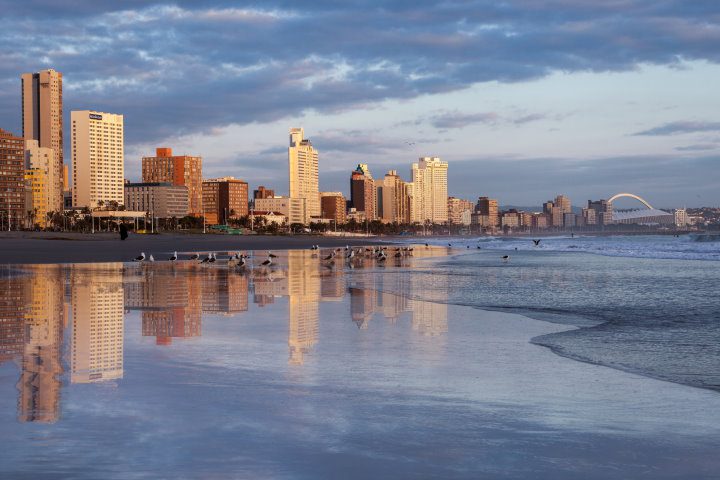
4. Pleasant Weather Year-Round
Located in the Southern Hemisphere, South Africa enjoys a temperate climate akin to that of Australia and southern Brazil, making it an ideal escape from the winter cold in the Northern Hemisphere.
If you visit during the summer, you’ll experience warm temperatures perfect for shorts and T-shirts. Fortunately, the heat is generally manageable, with the need for a sweater only when in the Drakensberg Mountains.
Additionally, even during winter, cities like Durban enjoy mild conditions that would make New Yorkers envious. With about 300 sunny days a year, it’s an excellent choice for beach getaways along the Indian Ocean.
Even during the ‘rainy season’ in Kruger National Park, you can still enjoy safari adventures, as the showers are brief and refreshing, clearing the air beautifully.
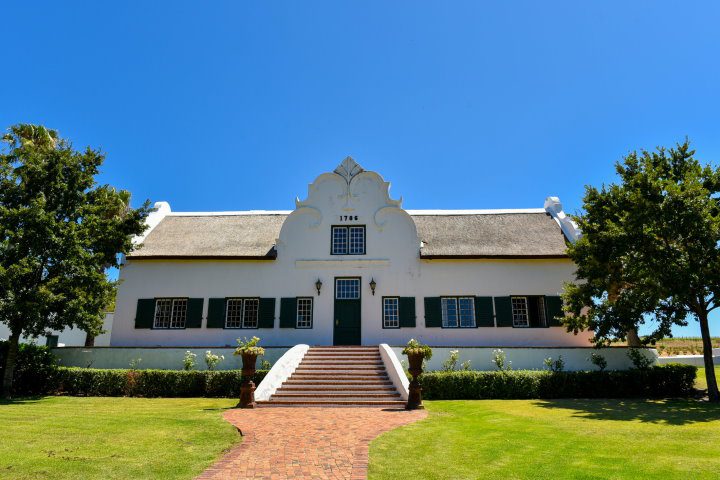
5. Captivating Cultural Experiences
On the surface, today’s South Africans may seem vastly different from one another, with a rich tapestry of 35 indigenous languages and 12 official languages—Zulu and Xhosa being the most widely spoken. English is also commonly used.
An underlying belief in unity enriches the diverse identities within the country, allowing South Africa to celebrate its cultural heritage through stunning experiences.
Planning your trip around Heritage Day in September offers a unique glimpse into the nation’s cultural essence. Often referred to as National Braai Day, communities celebrate with traditional ceremonies, music, dance, and colorful tribal attire. The day features speeches from prominent figures, including the South African President and the Zulu king.
Nonetheless, any day in South Africa can feel like a cultural celebration. In the Western Cape, you’ll encounter iconic Cape Dutch architecture, characterized by whitewashed walls and thatched roofs, particularly around Stellenbosch’s wine estates.
Additionally, don’t miss Soweto, Johannesburg’s vibrant township, filled with energy and captivating sights, including the art-covered cooling towers of its former power station. Contemporary art thrives throughout the country, with smaller towns regularly hosting local art exhibitions.

6. Delicious Cuisine
Food is an integral part of South African culture, and the country does not disappoint. One of the first things Jan van Riebeeck did when he arrived in South Africa in 1652 was plant grapevines, laying the foundation for a world-renowned wine industry.
The finest wines originate from the Cape Winelands, with notable estates in Paarl, Franschhoek, and Stellenbosch. A variety of cellar tours and tastings await, from family-run establishments to celebrity-owned vineyards.
While in the region, try local Cape Malay cuisine, which features flavorful, creamy curries that are not overly spicy.
In Durban, experience bunny chow, a delicious vegetable curry served in a hollowed-out loaf of bread. Meanwhile, meat enthusiasts should indulge in the local boerewors (sausage) alongside bobotie—a delightful blend of curried beef mince, apricot jam, and desiccated coconut.
If you have a sweet tooth, Afrikaner desserts are sure to satisfy. On colder days, enjoy comforting malva pudding with custard or indulge in milk tart (melktert) and koeksisters, a type of doughnut.
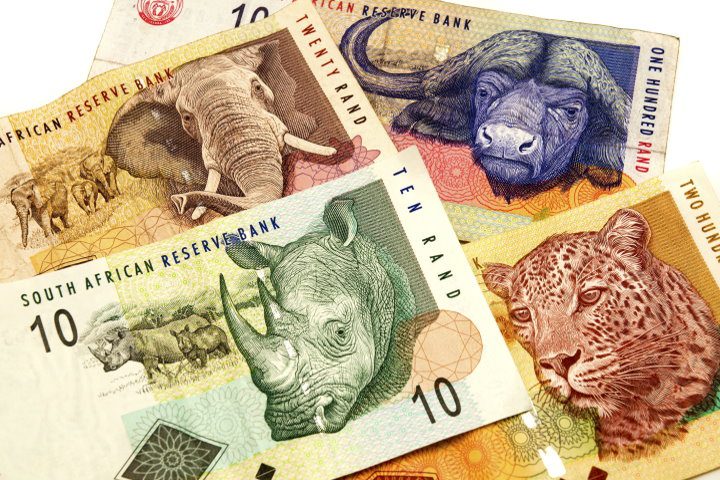
7. Excellent Value for Money
Although you might assume that a destination as diverse and magnificent as South Africa would be expensive, it actually offers incredible value.
Accommodation, dining, and transportation are all fairly priced, especially for travelers from North America or Europe. With an exchange rate of about 19 South African rand to 1 US dollar, you can enjoy meals and experiences that seem quite affordable. For example, a mid-range restaurant meal may cost about $16, which is the same price as a night at one of Kruger National Park’s campsites. Overall, you can enjoy a high standard of living without spending a fortune, even in mid-range or luxury options.
Many guided safaris also operate on an all-inclusive basis, covering accommodation, transportation, game drives, and meals (though drinks may be extra). This helps minimize additional expenses, allowing you to indulge in local crafts and souvenirs for your loved ones.
Don’t Forget to Share This Post!

Ian Packham is an award-winning freelance travel writer, adventurer, and after-dinner speaker, with contributions to numerous magazines and newspapers. Based in the UK, he has traveled extensively via public transportation, exploring destinations as diverse as Norway, Gabon, Bangladesh, and Lesotho.



